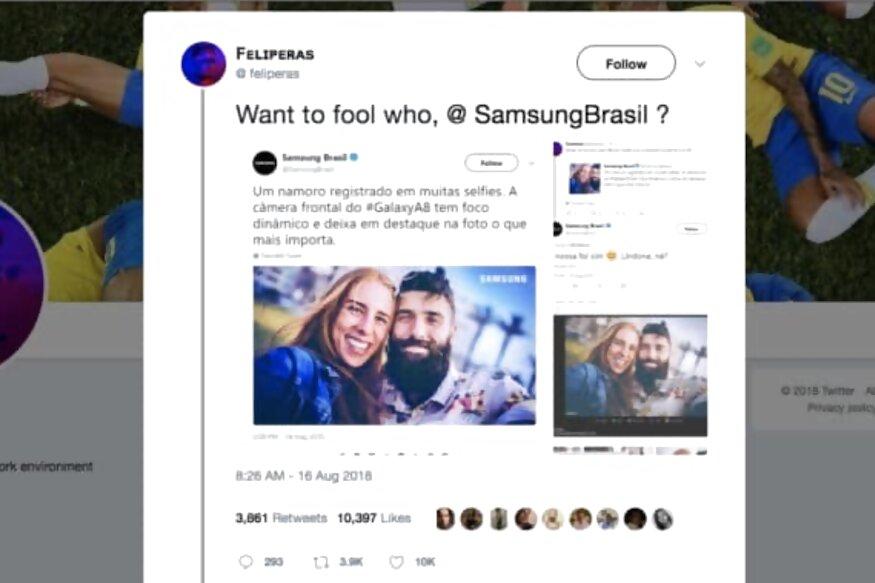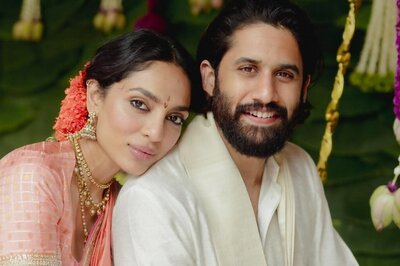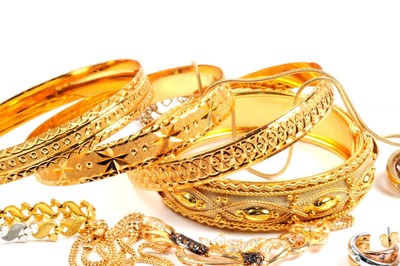
views
It has not been a good past few days for Samsung and Huawei. The Korean phone maker was first called out by a Twitter user in Brazil, for using stock images and trying to pass them off as photos taken by their Galaxy A8 (2018) smartphone. Now, Chinese phone maker Huawei has been caught implying that photos taken by a professional DSLR camera are actually ones taken by the Nova 3i smartphone’s selfie camera. But why are phone makers trying to make their smartphone cameras come across as better than what they potentially might be?
Here’s what has happened thus far. Late last week, a vigilant Twitter user in Brazil called out Samsung Brazil for passing off images not taken by the Galaxy A8 (2018) smartphone’s front facing camera. in a tweet that translates to “Who are you trying to fool, Samsung Brazil?”, the user @feliperas shared screenshots of now deleted tweets posted by Samsung Brazil, along with the same photos found on stock image website Getty Images. “Oops, sorry, you’re right, Feliperas. Many of the photos we post are taken using our smartphones, but some, like this one, comes from a database of images that resonate with our target audience,” was Samsung’s response. We are yet to understand what “images that resonate with our target audience” means, but we shall move on for the moment. Nevertheless, this should make Apple and the Apple iPhone fans chuckle a bit, because Samsung has recently been attempting to poke fun at the iPhone X, in a series of advertisements.

This week, it is the turn of Huawei, a company that seems to launch more phones than there are days in a year. It truly is very hard to connect the dots all the time. Anyway, the company has been talking a lot about the Nova series of phones, particularly the Nova 3i. That is the phone which is in the dock here. As it turns out, one of the shots which is a part of Huawei Egypt’s latest commercial touting the front camera prowess of the Nova 3i (it can be seen here on YouTube), was instead taken by a DSLR camera. While we have to say that Huawei hasn’t actually said that the particular photo was taken by their phone, the implication is pretty clear since it is a part of their own product advertisement. Why else would it be there? It is rather cruel that Huawei’s tactic was outed by the actress who is actually a part of the film, in a now deleted Instagram post which showed off a behind-the-scenes photo.
The reality is, smartphone cameras now are better than they ever have been. Be it the primary cameras on the back of your new Android phone, or the selfie cameras at the front. However, despite all the image processing algorithms, the artificially intelligent detection methods and better optical hardware, the limitations of physics do come into play beyond a point. It is quite a shame that Samsung, which has shown off what it is capable of as far as the camera optics are concerned (the Galaxy S9+ is a prime example) and Huawei which has given this world the mighty excellent P20 Pro smartphone, have to resort to such tactics to potentially mislead customers. Yes, a customer would be misled if they see such photos in official communication by the brand.
Incidentally, this isn’t the first time either. Over the summer, Huawei was busted trying to push off a photograph as taken by the camera of the P9 smartphone, when instead it was from a Canon EOS 5D Mark III DSLR camera. ““We recognise, though, that we should have been clearer with the captions for this image. It was never our intention to mislead. We apologise for this and we have removed the image,” Huawei had said in an official statement at the time.
And if you think this is a 2018 trend, think again. Back in 2012, Nokia was forced to apologize for faking an image in an advert for the Lumia 920 smartphone. Back then, Nokia’s PureView camera technology was touted as the savior of camera phones. However, the company’s deception was caught at no less than the phone’s launch event in New York—some eagle eyed viewers detected that in a reflection, the crew shooting the video that was passed off as the video from the Lumia 920, was instead being shot on a DSLR camera. “"In an effort to demonstrate the benefits of optical image stabilisation (which eliminates blurry images and improves pictures shot in low light conditions), we produced a video that simulates what we will be able to deliver with OIS. Of course, hindsight is 20/20, but we should have posted a disclaimer stating this was a representation of OIS only,” Nokia’s public apology later didn’t really sound like one though.
Would it be an overreaction to perhaps say that most potential buyers of the Samsung Galaxy A8 (2018) and the Huawei Nova 3i would potentially have been put off now. Perhaps it would have been better to have just shared the real images, and consumers would have known beforehand what they were going to get in terms of camera performance.
Also read: You Are Relying on Artificial Intelligence More Than You Realize


















Comments
0 comment